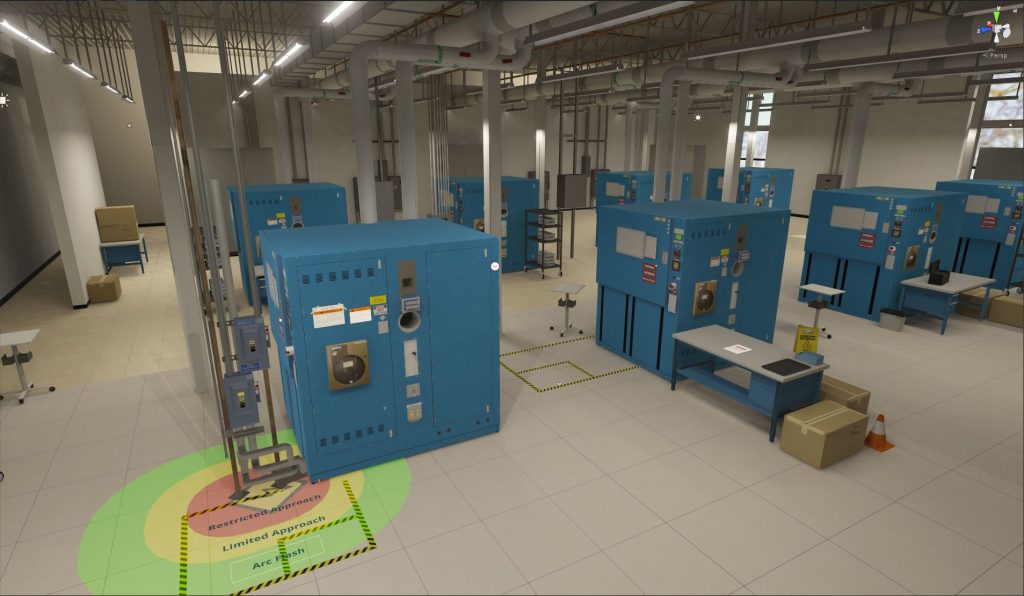VR training can transform the workplace and improve a workforce, as Tom Symonds, chief executive officer of Immerse, explains
In an era of low productivity and high employee turnover, businesses need to think proactively about workplace and workforce improvements, making training as effective as possible and increasing employee engagement.
Using virtual reality (VR) for corporate training could be the key. VR makes training programmes more engaging and effective, and the wealth of data they generate can provide leaders with the insights they need to revolutionise their business and unlock the true value of their workforce.
The engagement gap
The latest State of the Global Workplace study by Gallup found that worldwide, the percentage of adults who work full-time for an employer and are engaged at work is just 15%. ‘Employee engagement’ may sound like meaningless HR jargon to some, but companies dismiss it at their peril. Gallup estimates that this engagement gap could amount to around $7 trillion (£5.6 trillion) in lost productivity.
It’s clear that every company should be focused on improving its workforce and enhancing the employee experience, and technology provides plenty of tools to do this. The engaging, responsive training scenarios delivered in a VR training programme builds the skills of individual employees to help them progress in their own careers, while also enabling the company as a whole to grow through continuous learning.
Continuous improvement
Every action that an employee takes within a VR training environment is captured and fed into a dashboard, providing a huge volume of actionable data. When employees repeat training, further layers of data are added, helping to build a clearer picture of employee progress and efficiency. This data can be played back, providing unique opportunities to review and analyse training performance in-depth, on both an individual and an aggregate level.
While many businesses rely on annual reviews to gather feedback and quantify productivity, these are often subjective and lack the ability to evidence clear progress or identify areas for improvement. The data generated by a VR training programme can inform the design of further content, real-life processes, and even the workplace itself.
As data analysis becomes more sophisticated in business and big data is commonly used across whole sectors, companies can refine and adapt training programmes to enable organisations to grow sustainability.
Location is no object
When teams are dispersed across the country or even across the world, keeping everyone engaged and maintaining a sense of company cohesion can be difficult. VR training allows employees to meaningfully interact with their colleagues regardless of distance, as they can all simultaneously access the same VR training environment from anywhere in the world via a headset. Incorporating gamification elements can also create healthy competition and improve employee participation.
A VR training module created by Immerse for international shipping company DHL shows how successful this can be. The module challenged trainees to stack virtual cargo packages against the clock and against each other while following standard operating procedures. Employees from across the world could train in the same virtual space, and there were gamification elements, including a global leaderboard. Eight out of 10 employees actually wanted to repeat the training so that they could beat their previous score and move up the leaderboard.
The engagement benefits of this approach reach beyond the training itself. Staff who find their company’s training enjoyable show higher levels of engagement with their role and with their organisation. In the DHL example, this could lead to higher retention levels among employees who had participated in the VR trial, providing time as well as cost savings in terms of finding and onboarding new employees.
A new world of work
Continuous learning and the modernisation of training programmes is critical for preparing for new ways of working and longer working lives, as the workforce needs to be reskilled, upskilled and regenerated.
VR is an ideal tool, making corporate training more flexible, scalable, engaging and effective. Training can become a data-driven endeavour, with highly measurable outcomes and more personalised training experiences. And the data we can capture and analyse is getting increasingly sophisticated, with additions like eye-tracking software, biometric technology, and even brainwave monitoring.
VR training is transforming workplaces as we speak. It provides businesses with an incredible level of information and analysis, which in turn can be used to make training more engaging for employees. Data-led continuous improvement is capable of transforming training programmes, transforming businesses, and eventually transforming the whole world of work.
Quelle:
Foto: Immerse
https://vrworldtech.com/2019/09/27/how-vr-training-can-help-leaders-unlock-the-true-value-of-their-workforce/




